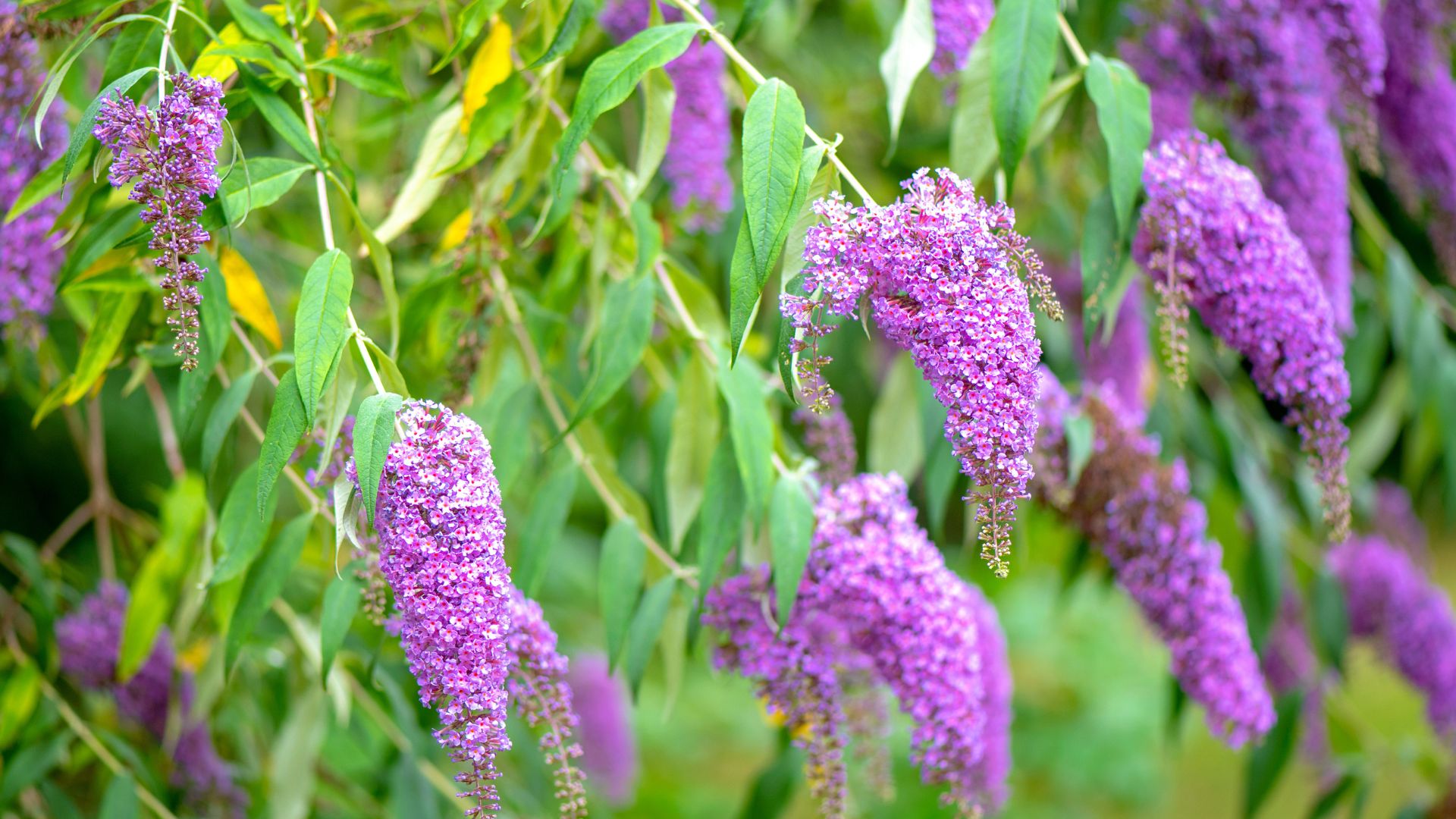
The Butterfly bush, also known as Buddleia davidii in the plant world, is known for its elegant silvery green foliage and colorful blooms. It comes in many varieties and can grow between 2-12 feet tall. As captivating as these perennial shrubs may be, they can cause a few environmental problems.
This bloom is 'prized for its beautiful and fragrant flowers, which attract various pollinators, such as butterflies and bees,' says Andrew Gaumond, a horticulturist and Editorial Director at Petal Republic. 'However, despite their beauty, butterfly bushes are known for being invasive and will often outperform and compete with native plant life, so it's prudent to grow them in a controlled environment where possible or seek alternative, less-invasive plant types'.
This bloom may be one of those invasive garden plants to avoid but what should you plant instead to add color and life into your backyard? Here's what Andrew suggests.
Is the Butterfly Bush Bad for Your Backyard?

There are many plants to avoid growing in your garden, but Andrew Gaumond, horticulturist and the Editorial Director at Petal Republic says the butterfly bush is one you should most certainly be careful of. What exactly is the deal with butterfly bushes?
Andrew tells us: 'The primary challenge with butterfly bushes is their invasive tendencies. The bushes produce a large volume of seeds each season, which can easily spread to the surrounding area. If left unchecked, these rapid-growing plants will proliferate throughout a garden, dominating other plant life, particularly less vigorous native plants. The root systems are also quite greedy and will drain available soil nutrients from neighboring plants'.
So, this self-seeding plant might just overwhelm your yard if you're not careful. But, what can you plant instead in place of butterfly bushes? Here are 5 alternatives chosen by an expert.
1. Anise Hyssop (Agastache foeniculum)
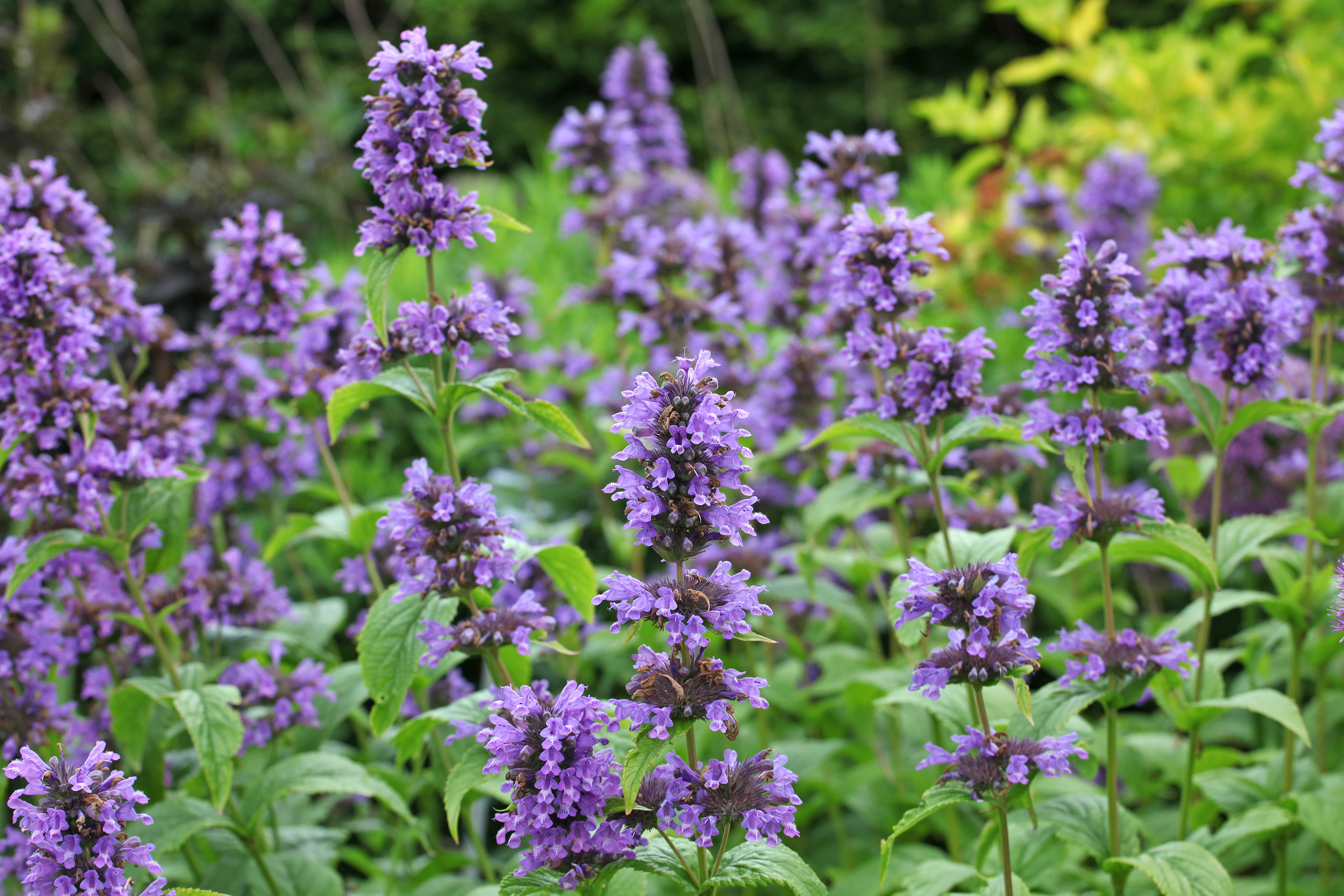
Known as one of the best plants for full sun this herbaceous tender perennial bloom, which gives off a basil-like scent, can grow up to 2-4 feet tall. Its foliage will certainly look great alongside sunny borders as it is known to cope well during hot summers and high humidity — making it drought and heat-tolerant.
'Anise Hyssop produces lovely purple flowers and fragrant green foliage,' Andrew explains. 'Butterflies love them, and the leaves are edible and can be used in herbal teas'. So if you're wondering how to start a butterfly garden, this may be an easy win.
Hardiness Zone: 4-8
Soil type: Well-drained, loamy
Sunlight: Full sun to partial shade
2. Showy Milkweed (Asclepias speciosa)
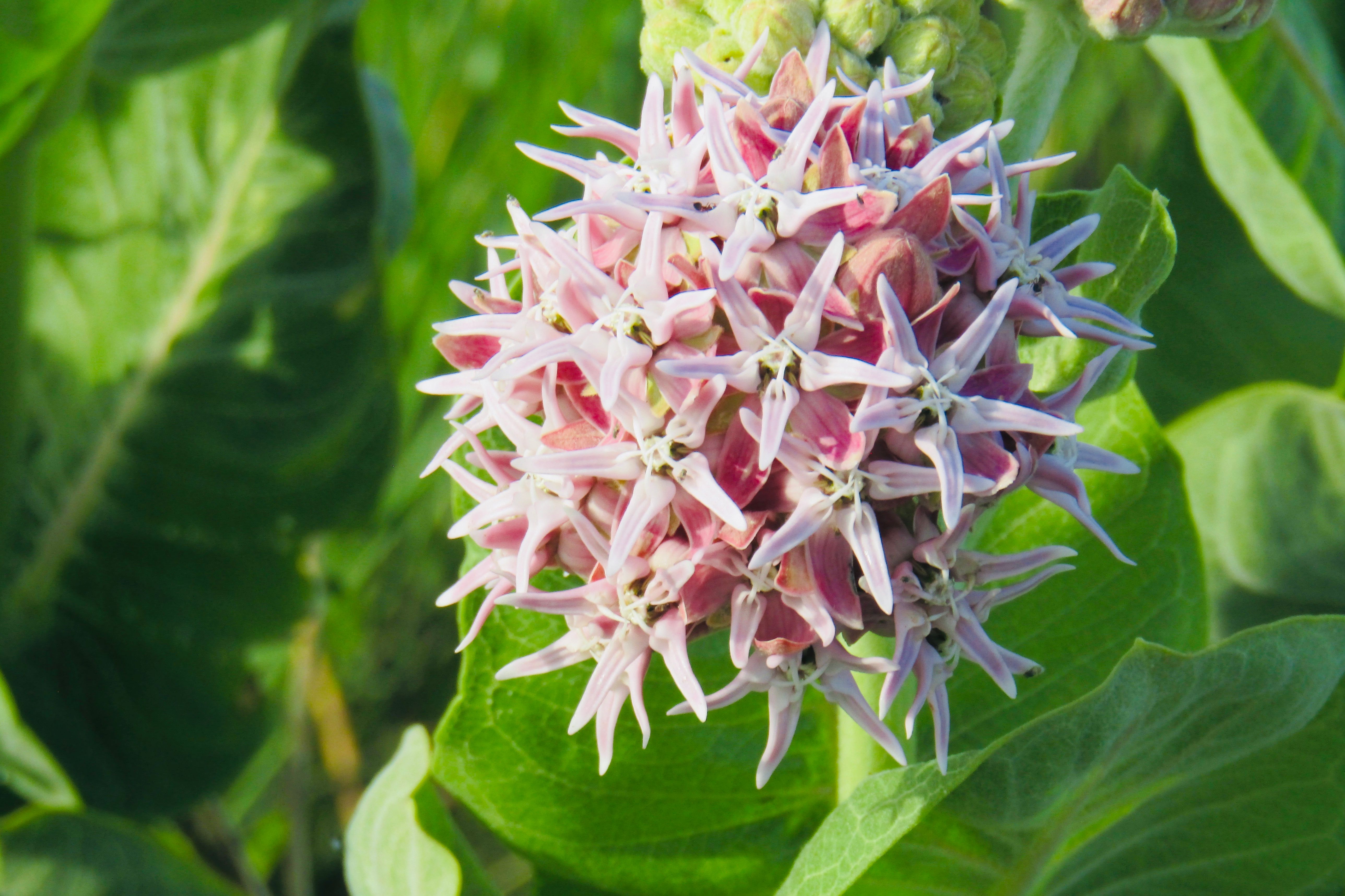
Like many other milkweed varieties, the ever-so-showy milkweed is known to be one of the best plants to attract butterflies too. Its bright star-like petals that sparingly branch out are a show-stopper and can certainly make an impression.
Carrying large, oval, green leaves with a cluster of pinkish flowers — these perennials are great for sunny borders, butterfly gardens, prairies or naturalized spaces. 'Snowy Milkweed offers stunning clusters of pink blooms each season. They're also great for supporting local pollinators in your garden,' Andrew explains.
Hardiness Zone: 3-9
Soil type: Well-drained, loamy
Sunlight: Full sun
3. Blue Wild Indigo (Baptisia australis)
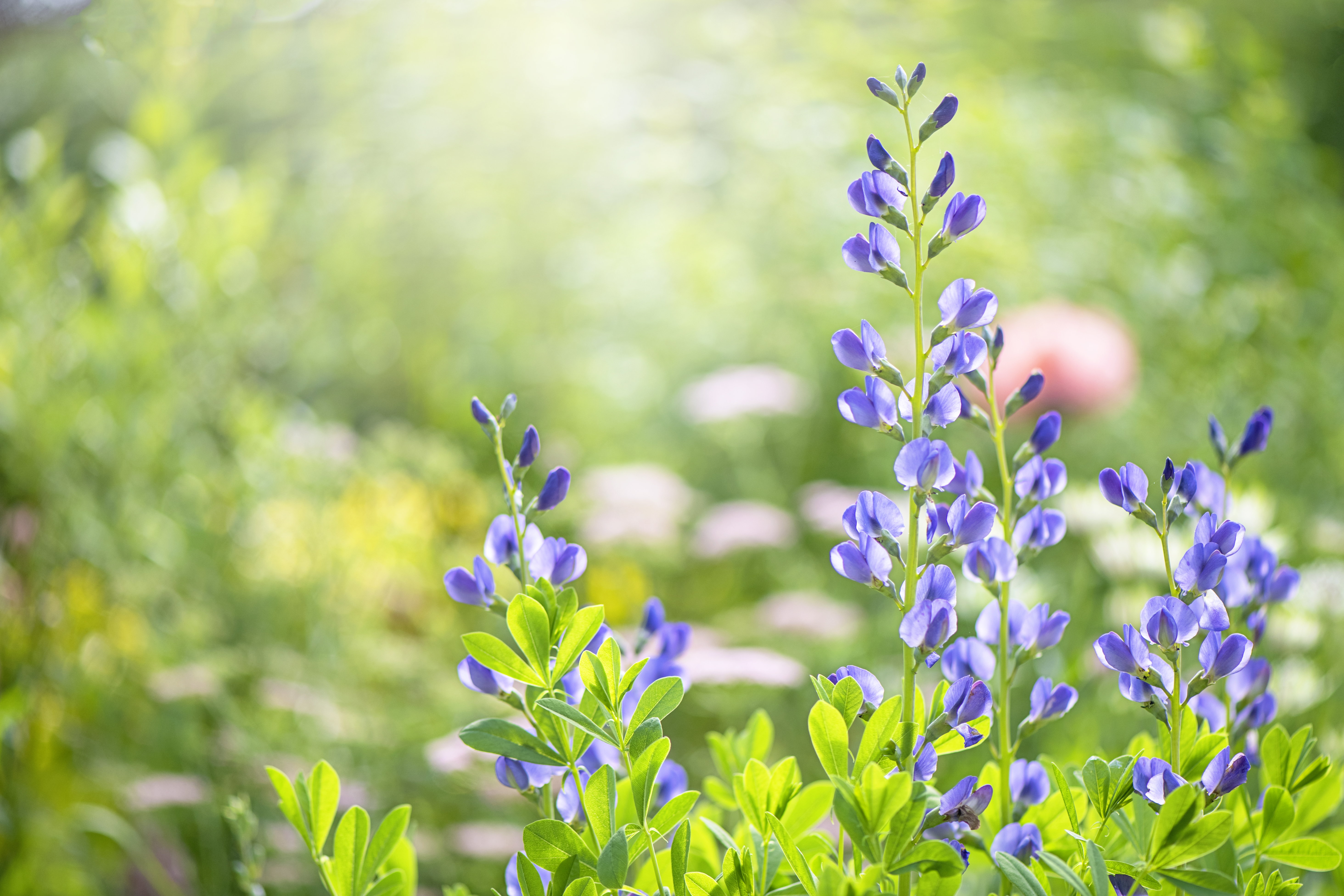
This purple beauty holds many names. In the plant world it's called Baptisia australis, but it is also known as Dwarf False Indigo, Blue Wild Indigo and the Dwarf Blue Indigo. Blooming in the late spring to early summer, this tough flower can typically grow up to 1.5 to 2 inches tall.
Andrew says these blooms produce 'beautiful tall spikes of bluish-purple blooms that add vibrant color and structure to ornamental gardens. They're also drought-tolerant and attract a range of helpful pollinators'.
These blooms look great alongside bed and borders, meadows, native plant garden and are ideal for all your small garden ideas.
Hardiness Zone: 3-8
Soil type: Well-drained, clay
Sunlight: Full sun
4. Butterfly Milkweed (Asclepias tuberosa)

This low-maintenance and drought-tolerant plant is a cheerful array of color and foliage. This perennial is known to fight off pests well and is generally disease free. They can also grow between 1 to 2 feet tall, making them ideal for meadows, butterfly gardens, beds and borders.
If you're looking to start a butterfly garden, then planting this bloom will give you just that. Andrew says this flower produces bright clusters of orange blooms and thrives well in sunny gardens. 'They will also attract a variety of butterflies and bees,' the Horticulturist adds.
Before adding this shrub into your garden, note that it is toxic to dogs and cats.
Hardiness Zone: 3-9
Soil type: Well-drained, sandy
Sunlight: Direct sun
5. Sweet Joe-Pye Weed (Eutrochium purpureum)

Sweet Joe-Pye Weed is a perennial bloom that can grow between 1 to 1.5 feet tall. Gracing gardens with its vanilla scent, this flower has bright pink and purple petals that flower in mid-summer to early fall. The sweet Joe-Pye weed and its ravishing aroma can attract bees, butterflies and other beneficial garden insects.
Andrew is quite fond of this flower, he tells us: 'Joe-Pye Weed is an excellent, low-invasive option when you're looking to create height and structural interest in a garden. I love their clusters of pink to purple blooms when in season. They also do a fantastic job of attracting helpful pollinators'.
To spruce up your backyard, you can add these blossoms into your garden borders, into wild gardens, as well as ponds and streams.
Hardiness Zone: 3-9
Soil type: Well-drained, loamy
Sunlight: Part sun to light shade
FAQS
How does the butterfly bush take over native plants?
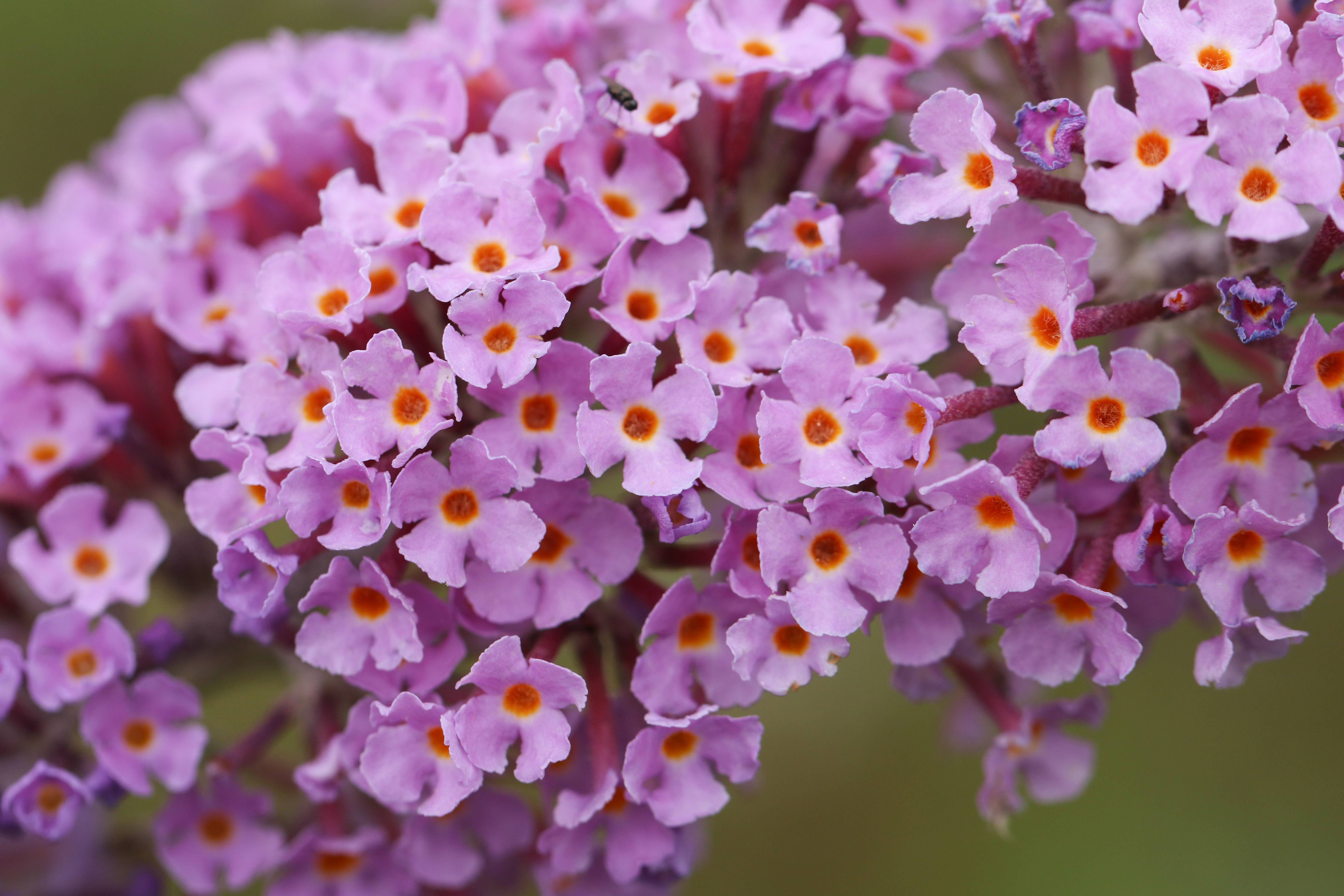
Andrew says the butterfly bush is known to be a self-seeding plant, which can in turn cause rapid growth — leading to it outcompeting other blooms. The horticulturist notes: 'The butterfly bush is a prolific self-seeder each season. These rapid growers produce a vast number of seeds that will easily disperse throughout a garden during windy weather conditions and heavy rain events'.
He adds: 'Given their speedy growth rate, they'll typically establish themselves a lot faster than native plants, out-competing them for essential nutrients in the soil, as well as sunlight and rainfall. Once established, the foliage can also be incredibly dense, which creates a canopy that blocks natural sunlight to native plant species trying to establish themselves'.
Andrew says if you are going to add this shrub into your yard, you should consider where you plant it carefully. 'If you're planting butterfly bushes in a location where they aren't native, they're unlikely to have any natural predators to keep them in check,' he says.







